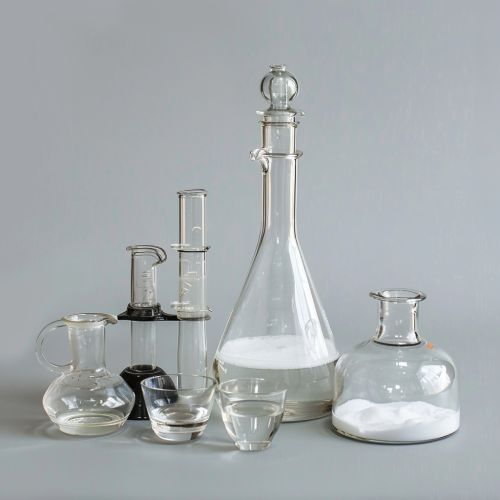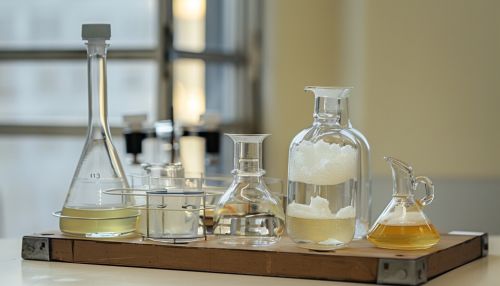Esterification
Introduction
Esterification is a chemical reaction that forms an ester as the reaction product. This process typically involves the reaction between a carboxylic acid and an alcohol, with the elimination of water. Esterification is a fundamental reaction in organic chemistry and has significant applications in various industries, including pharmaceuticals, fragrances, and polymers.
Mechanism of Esterification
The esterification reaction can be understood through its mechanism, which involves several steps. The most common type of esterification is the Fischer-Speier esterification, named after the chemists Emil Fischer and Arthur Speier.
Fischer-Speier Esterification
In Fischer-Speier esterification, a carboxylic acid reacts with an alcohol in the presence of an acid catalyst, usually sulfuric acid or hydrochloric acid. The mechanism proceeds as follows:
1. **Protonation of the Carboxyl Group:** The acid catalyst protonates the carbonyl oxygen of the carboxylic acid, increasing its electrophilicity. 2. **Nucleophilic Attack by Alcohol:** The alcohol acts as a nucleophile and attacks the carbonyl carbon, forming a tetrahedral intermediate. 3. **Proton Transfer:** A proton transfer occurs within the intermediate, leading to the formation of a protonated ester and water. 4. **Deprotonation:** The protonated ester loses a proton to form the neutral ester product.
The overall reaction can be summarized as: \[ \text{R-COOH} + \text{R'-OH} \xrightarrow{\text{H}^+} \text{R-COOR'} + \text{H}_2\text{O} \]


Types of Esterification
There are several types of esterification reactions, each with its unique characteristics and applications.
Acid-Catalyzed Esterification
This is the most common type of esterification, where an acid catalyst is used to facilitate the reaction between a carboxylic acid and an alcohol. The reaction is typically carried out under reflux to drive the equilibrium towards ester formation.
Base-Catalyzed Esterification
While less common, base-catalyzed esterification can occur under specific conditions. In this process, a base such as sodium hydroxide can deprotonate the alcohol, making it a stronger nucleophile that can attack the carboxylate anion.
Transesterification
Transesterification involves the exchange of the alkoxy group of an ester with another alcohol. This reaction is widely used in the production of biodiesel, where triglycerides are converted into methyl esters and glycerol.
Factors Affecting Esterification
Several factors influence the rate and yield of esterification reactions.
Temperature
Increasing the temperature generally increases the reaction rate by providing the necessary activation energy. However, excessive temperatures can lead to side reactions and degradation of the reactants.
Catalyst
The choice and concentration of the catalyst significantly impact the reaction rate. Strong acids like sulfuric acid are commonly used, but other catalysts such as Lewis acids can also be effective.
Reactant Concentration
Higher concentrations of reactants can drive the equilibrium towards ester formation. In industrial processes, excess alcohol is often used to ensure high yields.
Removal of Water
Since esterification is an equilibrium reaction, the removal of water can shift the equilibrium towards the ester product. Techniques such as azeotropic distillation or the use of molecular sieves can be employed to remove water from the reaction mixture.
Applications of Esterification
Esterification has a wide range of applications in various fields.
Pharmaceuticals
Esters are commonly used in pharmaceuticals as prodrugs, which are inactive compounds that can be metabolized into active drugs in the body. This approach can improve the bioavailability and solubility of certain drugs.
Fragrances and Flavors
Many esters have pleasant aromas and are used in the production of perfumes, essential oils, and flavorings. For example, isoamyl acetate, known as banana oil, is used in flavoring and fragrance formulations.
Polymers
Esterification is a key step in the production of polyesters, which are widely used in textiles, packaging, and plastics. Polyethylene terephthalate (PET) is a common polyester used in beverage bottles and synthetic fibers.
